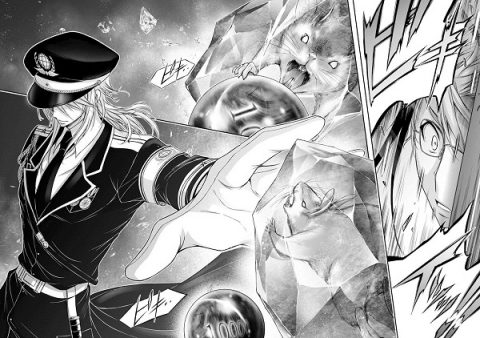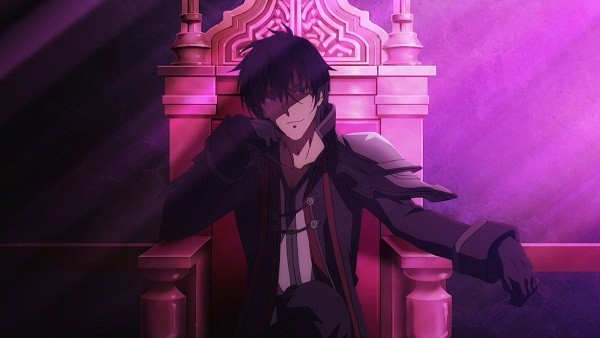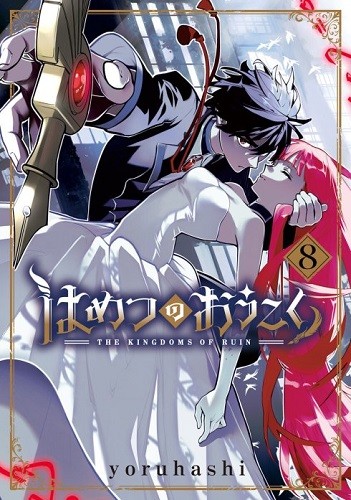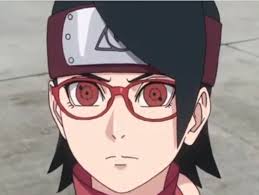"Taisho Otome Otogibanashi" is an anime that will air in the fall of 2021, and the original work was serialized in Jump Square. It is set in the Taisho era, and is a nostalgic work that reflects the historical background in detail. In order to enjoy this work that is full of Taisho romance, we will introduce what kind of era the Taisho era was and what events occurred, as well as introduce other works based on that era!
What kind of story is Taisho Otome Otogibanashi? A brief summary!
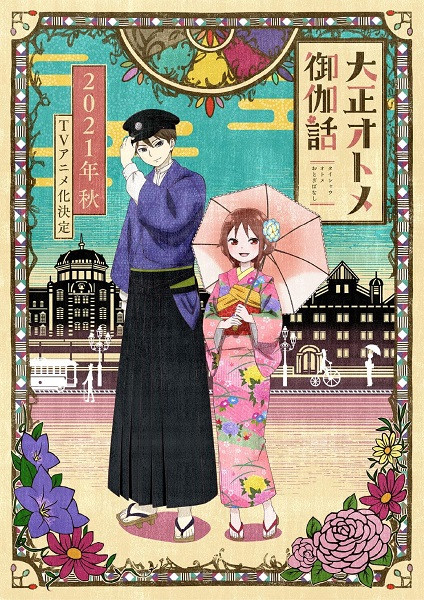
The story begins in the 10th year of the Taisho era. Shima Tamahiko, the second son of the Shima family, was born into a wealthy family but lost his mother and the use of his right hand in an accident. He was abandoned by his father and lost the will to live. He never went to school and was sent to a villa in Chiba to recuperate. Then, a girl named Yuzuki, who calls herself his fiancee, arrived. Yuzuki was bought by Tamahiko's father for 10,000 yen and offered as a bride. Despite her circumstances, Yuzuki tries to serve Tamahiko with her cheerful and innocent personality. While living with Yuzuki, Tamahiko regains his will to live and wants to live with Yuzuki. Yuzuki is also attracted to Tamahiko's kindness, but the two of them face a big trial.
The setting of this work! What kind of era is the Taisho era?
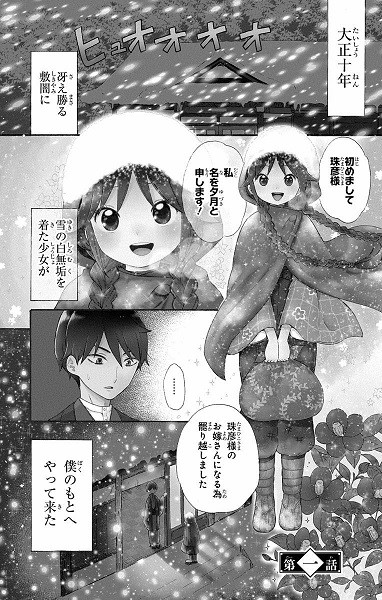
The Taisho era refers to the years 1912 to 1926. Emperor Taisho reigned for about 15 years. Some may think that 15 years is short, but it is only short compared to the Meiji, Showa, and Heisei eras. In history, the era name has changed in just two months, so I think it is relatively long. The Taisho period can be said to be a time when foreign culture was adopted and more modern progress was made.
Related to the story? Such events occurred in the Taisho period! ?
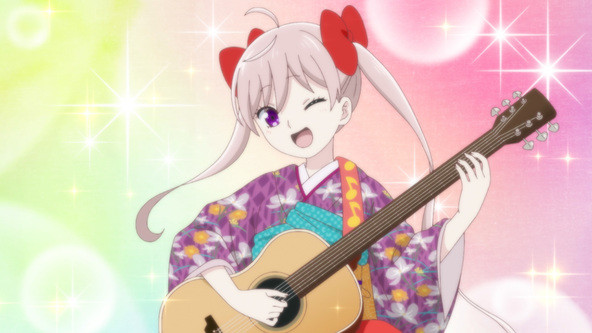
The Empire of Japan became one of the great powers after the Sino-Japanese and Russo-Japanese Wars, and participated in World War I. It was a time of prosperity due to the influence of the Industrial Revolution and the influx of military demand. This is called the war boom or Taisho bubble, but in Taisho 9, the bubble disappeared and a recession called the postwar depression arrived. The story is set in Taisho 10, around the time of the postwar depression. Modernization accelerated remarkably, and industrialization and economic growth were also remarkable.
The rise of Taisho Democracy, a famous event in the Taisho era
During this period, people began to think about political consciousness and liberalism as their lives became more prosperous, and people sought the development of democracy. Movements calling for gender equality, the Burakumin liberation movement, the right to organize, the right to strike, and other issues became heated. There is no specific definition of Taisho Democracy, but it is a term that refers to such movements and trends. There was a growing trend to enjoy the culture one likes. As a result, the Universal Suffrage Act was promulgated, but the Peace Preservation Act, which is famous for being a bad law, was also enacted.
The Peace Preservation Law, famous as the worst law in the world
The Peace Preservation Law was a law that was promulgated in 1924, the 14th year of the Taisho era, at the same time as the Universal Suffrage Law. Its contents were a law that cracked down on "reform of the national polity" and "denial of the private property system". With the rise of liberalism, this law was promulgated with the aim of preventing the establishment of dangerous ideas and organizations, and the rise of terrorism and communism, but depending on how it is interpreted, anyone who is inconvenient for the government can be arrested! The maximum penalty is the death penalty! This law also says that anyone who opposes this law is guilty of the same crime. However, at that time there was a demand for political freedom and there was a risk that this would lead to a shift towards communism, so some people felt that the Peace Preservation Law was necessary.
The Great Kanto Earthquake, an unprecedented disaster
The Great Kanto Earthquake, which occurred on the 1st of September 1923 (Taisho 12), at 11:58:32, caused the greatest human casualties in Japan. The epicenter was under the sea at Sagamihara, and the magnitude was recorded as 7.9, causing great damage mainly in Kanagawa Prefecture and Tokyo Prefecture (now Tokyo), but also in Ibaraki, Chiba, and eastern Shizuoka. The damage from fires was particularly great, and because the earthquake occurred during lunchtime, when people use fire, and because of the influence of the typhoon, the fires spread, affecting a total of 1.9 million people, including 15,000 people. This event is also closely related to this work.
The Spanish Flu, a dangerous infectious disease, became widespread in Japan in 1918 (Taisho 7), 1919 (Taisho 8), 1920, and 1921. In 1912 (Taisho 9), a terrible infectious disease called the Spanish Flu spread around the world. It was a terrible infectious disease that infected 23.8 million people and killed about 390,000 people. 90 years later, dangerous infectious diseases are still raging in the present day.
What other works are there set in the same period?
Demon Slayer
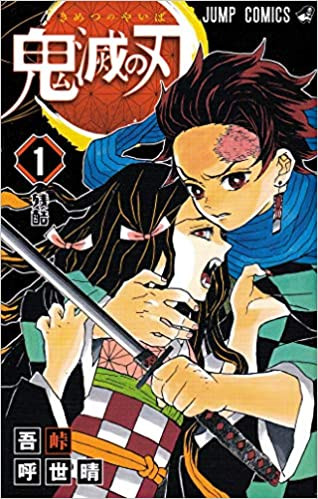
A super popular Jump work that was an explosive hit. The work's sales increased significantly due to the influence of the anime, and it became a representative work set in the Taisho era. Set in the Taisho era, the story is about fighting demons to turn your sister, who has turned into a demon, back into a human. Although the design has a Japanese taste, the content is a classic Jump work.
Haikara-san ga Tooru
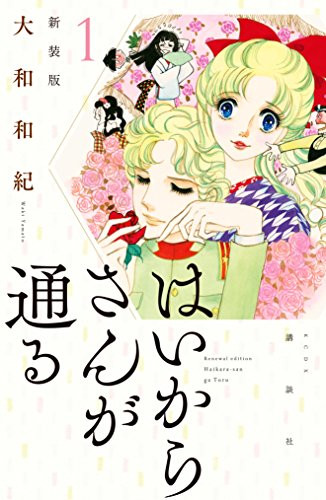
Serialized in "Weekly Shonen Friend" from issue 7 of 1975 to issue 10 of 1977. lang="ja-JP">, a work that has been mixed with some media. It is the story of a man and a woman who are united after Taisho democracy, the Siberian expedition, and the Great Kanto earthquake. It is rare in boys' manga, but there have been several girls' manga that are themed around the Taisho era. Taisho Maiden Fairy Tale is serialized in Jump Square, so it is categorized as a boys' manga and a young men's manga, but the author has also worked in girls' manga magazines, and the illustrations are not so strange as to be called girls' manga, so it may have been influenced to some extent.
Golden Kamuy

The story takes place in the late Meiji period, not the Taisho period, but the period is quite close. Set in Sakhalin at the end of the Meiji period, this work is based on Ainu culture and is a popular work that incorporates various elements such as hunting, gourmet food, buried treasure, and action. "Taisho Maiden Fairy Tale" is complete, and after a sequel, a spin-off "Taisho Maiden Fairy Tale - The Table of the Pessimist -" is currently being serialized. This is a Taisho gourmet manga.
[Taisho Maiden Fairy Tale] Summary of the historical background and similar works
I have summarized what kind of era the Taisho period, the setting of "Taisho Maiden Fairy Tale", was. The Taisho period was a time of modernization, when culture from overseas was widely adopted, and it also had a major impact on views on romance and liberal thought. In particular, I think the Taisho period, a transitional period, is quite an interesting subject for romance stories! Some of the stories are based on actual events, which makes it interesting! This anime will be broadcast in 2021, so be sure to check it out!

